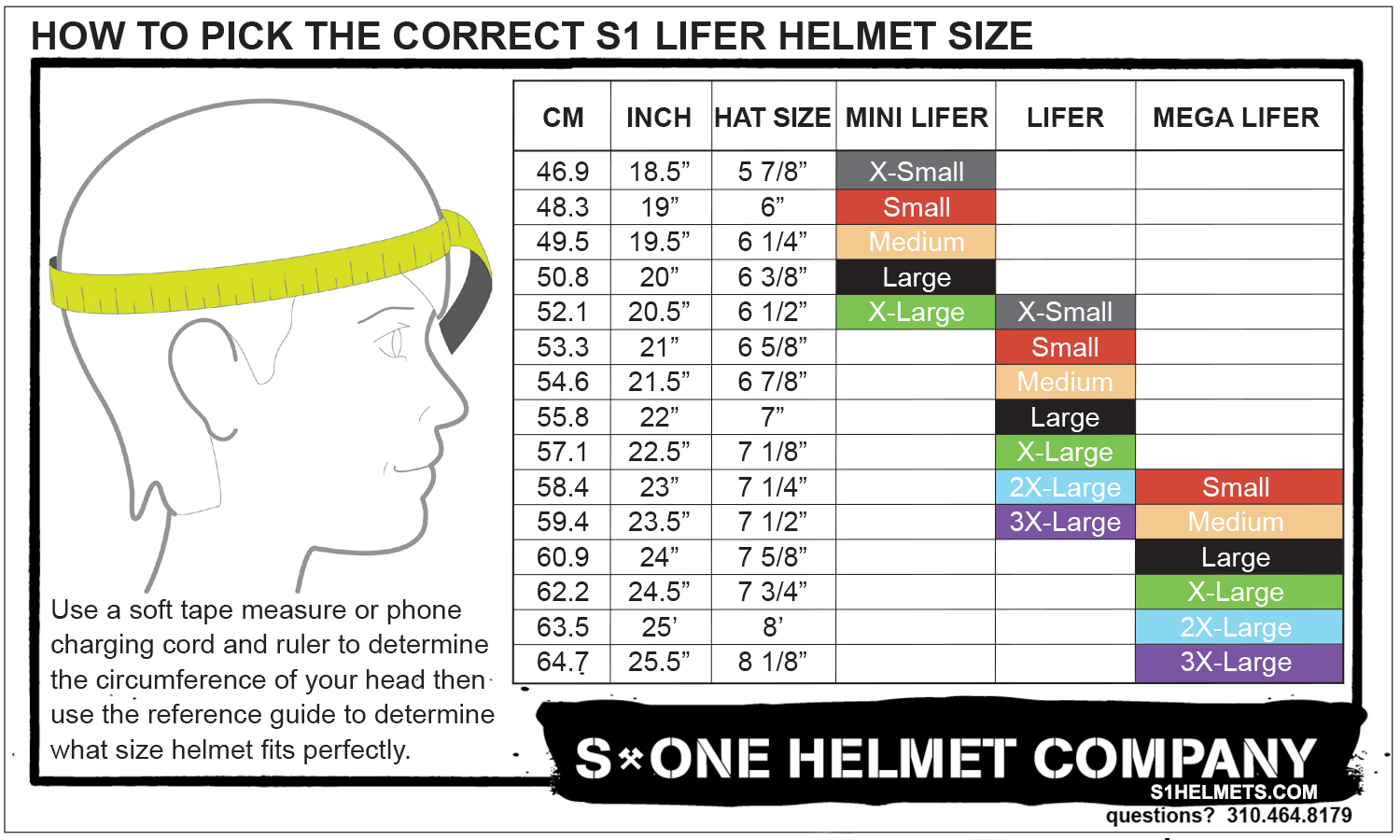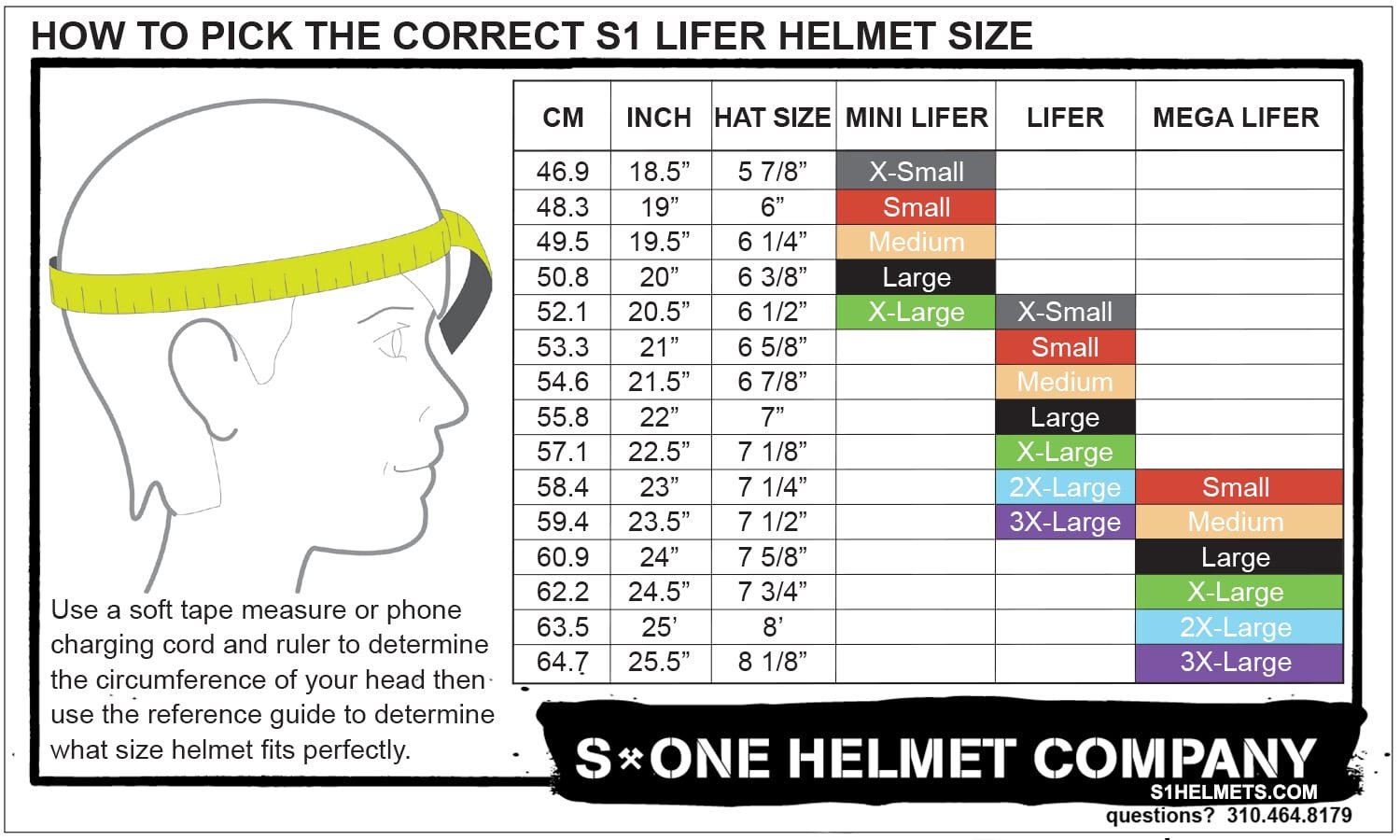Finding the right hockey helmet size is crucial. It ensures safety and comfort during the game.
Hockey is a fast and intense sport. Players must protect their heads to avoid injuries. A well-fitted helmet can make a huge difference. It can prevent concussions and other serious head injuries. But how do you measure for the perfect fit?
Understanding the process is key. In this guide, we will walk you through the steps. You will learn how to measure your head correctly. This way, you can find a helmet that fits just right. Let’s get started on making your game safer and more enjoyable.

Credit: www.youtube.com
Introduction To Hockey Helmet Sizing
Ensuring the right fit for your hockey helmet is crucial. It protects your head from injuries and enhances your performance. A well-fitted helmet is not too tight or too loose. You need to measure your head correctly to find the perfect size.
This guide will help you understand the importance of a proper fit. It will also address common sizing issues. Follow these steps to keep your head safe and comfortable during the game.
Importance Of Proper Fit
A properly fitted hockey helmet can prevent serious injuries. It absorbs shocks and reduces the risk of concussions. A good fit ensures the helmet stays in place during intense movements. You can focus better on the game without worrying about adjustments.
Comfort is also key. A helmet that fits well doesn’t cause discomfort or headaches. This allows you to play longer and better. Safety and comfort go hand in hand for optimal performance.
Common Sizing Issues
Many players face sizing issues with their helmets. One common problem is choosing a helmet that is too large. This can cause the helmet to move around, reducing protection. Another issue is selecting a helmet that is too small. This can lead to headaches and pressure points.
Incorrect measurements often lead to these problems. Always measure your head circumference accurately. Ensure you check the manufacturer’s sizing chart for the best fit. Avoid guessing your size to prevent discomfort and ensure safety.

Credit: figureskatingstore.com
Gathering Necessary Tools
Before you measure your hockey helmet size, gather the right tools. This ensures accuracy and comfort. Below is a guide to help you get started.
Items Required
- Flexible Measuring Tape – A cloth or plastic tape works best.
- Mirror – To help you see and adjust the tape correctly.
- Pen and Paper – To note down the measurements.
- Assistant – Optional but useful for precise measurement.
Preparing For Measurement
- Ensure the measuring tape is clean and untangled.
- Stand in front of a mirror or ask someone to help.
- Wrap the tape around your head, just above the eyebrows and ears.
- Make sure the tape is snug but not too tight.
- Take note of the measurement in centimeters or inches.
Using the right tools helps in getting an accurate helmet size. Follow these steps to ensure your helmet fits perfectly.
Measuring Head Circumference
Finding the right helmet size is key for safety in hockey. The first step is measuring your head circumference. This helps you choose the correct helmet size. Let’s dive into the process.
Finding The Right Spot
Start by locating the correct spot on your head. You need to measure around the largest part of your head. This spot is usually about one inch above your eyebrows. Wrap the tape around your head just above your ears. Make sure the tape stays level all the way around.
Using A Measuring Tape
Use a soft measuring tape for this step. A cloth tape works best. Hold one end of the tape at your forehead. Wrap it around your head, keeping it snug but not too tight. Ensure the tape is level and even. Read the number on the tape where it meets the starting point. This number is your head circumference in inches or centimeters.
Below is a table to help you understand common head circumferences and corresponding helmet sizes:
| Head Circumference (inches) | Head Circumference (cm) | Helmet Size |
|---|---|---|
| 20 – 21.5 | 51 – 54.5 | Small |
| 21.5 – 23 | 54.5 – 58.5 | Medium |
| 23 – 24.5 | 58.5 – 62 | Large |
Make sure to double-check your measurement. An accurate measurement ensures a better fit. A well-fitting helmet offers the best protection.

Credit: www.hockeymonkey.com
Determining Helmet Size
Finding the right hockey helmet size is crucial for safety and comfort. An ill-fitting helmet can lead to serious injuries. Measuring your head correctly helps you choose the perfect size. It ensures the helmet stays in place during intense plays. Here’s how to determine your helmet size accurately.
Using Size Charts
Start by measuring your head with a flexible tape measure. Wrap it around the largest part of your head. This is usually about one inch above the eyebrows. Note the measurement in centimeters or inches. Most brands provide size charts. These charts match head measurements to helmet sizes. Always refer to the brand’s specific chart. Sizes can vary between brands.
If you fall between two sizes, choose the smaller one. Helmets can adjust for a snug fit. Double-check the size chart if unsure. A proper fit can prevent injuries and enhance your performance.
Adjusting For Comfort
Once you have the right size, adjust the helmet for comfort. Place the helmet on your head. It should sit evenly without tilting. Ensure the front edge is just above your eyebrows. This placement protects your forehead. Tighten the chin strap until it fits snugly. It should not be too tight or too loose.
Check the side straps. They should form a “V” shape under and slightly in front of the ears. Adjust the pads inside the helmet if needed. Most helmets come with extra padding. Use these to customize the fit. A well-adjusted helmet stays in place during movement. Test by shaking your head. The helmet should not shift.
Final Fit And Adjustments
Finding the right hockey helmet size is crucial for safety. Once you have a helmet that matches your head size, you need to ensure it fits properly. This step involves trying the helmet on and making necessary adjustments for a secure and comfortable fit.
Trying The Helmet On
Place the helmet on your head. Ensure it sits level, covering your forehead. The helmet should rest about one inch above your eyebrows. This position protects your forehead and provides a clear line of sight.
Shake your head from side to side. The helmet should stay in place. If it shifts too much, it might be too big. A well-fitting helmet will feel snug but not tight. You should not feel any pain or discomfort.
Making Necessary Adjustments
Most helmets come with adjustable features. Use the chin strap to secure the helmet. The strap should be tight enough to keep the helmet in place, but loose enough for you to open your mouth comfortably. Adjust the side straps to form a “Y” shape around your ears. Both straps should meet just below your earlobes.
Some helmets have a rear adjustment mechanism. Turn the dial to tighten or loosen the fit. This feature helps in fine-tuning the helmet’s grip on your head. Ensure there are no gaps between your head and the helmet’s padding. Gaps can reduce the helmet’s effectiveness in protecting you.
Finally, check the helmet’s fit again. Move your head in different directions. The helmet should move with your head without any excessive shifting. Adjust the straps if needed. Repeat the process until the helmet fits securely and comfortably.
Frequently Asked Questions
How Do You Measure Hockey Helmet Size?
Use a soft tape measure. Wrap it around your head above the eyebrows.
What Is The Best Fit For A Hockey Helmet?
A helmet should fit snugly without pressure points. It should not move when you shake your head.
Can I Use A Bike Helmet For Hockey?
No, hockey helmets are designed specifically for hockey impacts. Bike helmets are not safe for hockey.
How Often Should I Measure My Helmet Size?
Measure your head size once a year. Kids, especially, can grow quickly.
What If My Helmet Feels Too Tight?
If it’s uncomfortable, try a larger size. Helmets should be snug but not painful.
Are All Helmet Brands Sized The Same?
No, sizing can vary between brands. Always check the brand’s size chart.
How Do I Adjust My Hockey Helmet?
Most helmets have adjustable straps and padding. Follow the manufacturer’s instructions for the best fit.
Why Is Helmet Size Important In Hockey?
A properly sized helmet protects your head better. It reduces the risk of injuries.
Can I Wear A Hat Under My Hockey Helmet?
No, a hat can affect the fit and protection. Always wear the helmet directly on your head.
Conclusion
Measuring your hockey helmet size correctly ensures safety and comfort. Always use a flexible tape measure for accuracy. Check sizing charts from the helmet brand you prefer. Make sure the helmet fits snugly without causing discomfort. The right fit prevents injuries and enhances your game experience.
Use these tips to find the perfect helmet size. Stay safe and enjoy playing hockey!




